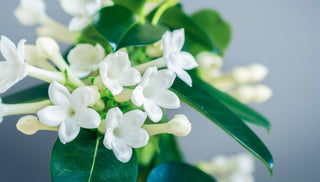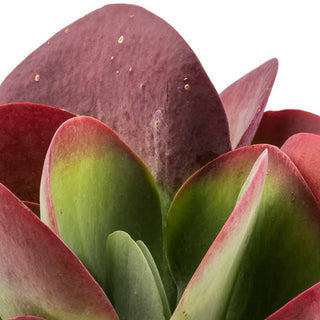☘ Origin: East and Southeast Asia, and parts of India
☘ Family: Primrose, Primulaceae
☘ Botanical Name: Ardisia Crenata
☘ Common Name: Coralberry Tree
Symbolism: In Victorian flower language, the berry symbolizes perfection and “sweetness in life and character.” It also represents modesty because the berries are often found under the leaves.
🔆 Light
Bright, indirect light year-round. Some direct morning sunlight is fine, but keep shaded from hot, direct midday sun. Give your plant a turn every few days to expose all sides to light for even growth from all sides.
💧 Water
Keep the soil evenly moist year-round, but not soggy which can lead to root rot. Never allow it to dry out, either. It's a good idea to use a moisture meter rather than guess when to water. Also, always use room-temperature water on your tropical houseplants because cold water is a shock to them.
o give your plant the absolute best, room-temperature rainwater and bottled spring water are your best options. Any water containing sugar or salt will hurt your plant!
☁️ Humidity
These tropical shrubs do best with moderate-to-high (about 50-60%) relative humidity. Homes can become extremely dry in winter; use a cool-mist room humidifier or mist the plant few times a week using filtered-water for best results.
🌡️ Temperature
Cool to average room temperatures (7-18°C). Keep Ardisia crenata out of cold drafts from doorways and away from A/C and heat vents.
🧴️ Food
Feed every 2 weeks from early spring through summer with a balanced water-soluble fertilizer, and feed monthly in fall and winter.
🐾 Toxicity
Suspected of being poisonous to livestock, pets, and humans.
For the spring it is good to take the plant in the garden. The plant will not bloom in low light. You can help pollination by brushing the flowers. Thickening at the edges of the leaves is normal, this is due to bacteria that are necessary for normal growth.



